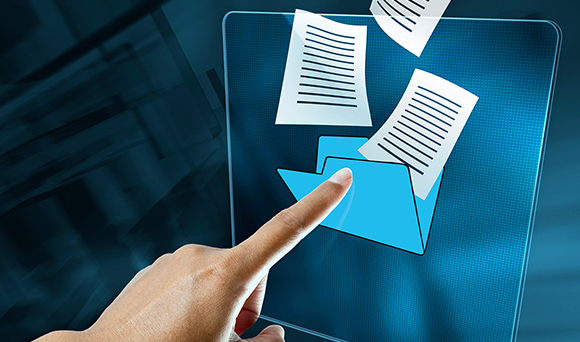 English
English


bubble pressure tensiometer
The bubble pressure tensiometer is a sophisticated instrument widely used in the field of surface and colloid science to measure the surface tension of liquids. This device operates based on the principle of bubble formation and pressure measurement, making it a valuable tool for researchers and engineers studying various fluid properties.
The fundamental concept behind bubble pressure tensiometry is that the pressure required to form a bubble at the end of a submerged tube is directly related to the surface tension of the liquid. When a gas, typically air, is forced through a tiny orifice submerged in a liquid, a bubble begins to form. As the bubble grows, the pressure inside it changes, reflecting the balance between the internal pressure and the external surface tension forces acting on the bubble. This pressure can be measured in real-time, allowing for accurate calculations of the liquid's surface tension.
One of the key advantages of using a bubble pressure tensiometer is its ability to provide rapid and precise measurements. Unlike traditional methods, such as the pendant drop or Wilhelmy plate techniques, which may require more extensive sample preparation or longer measurement times, the bubble pressure method can yield results in just a few seconds. This efficiency makes it particularly useful in industrial applications where quick quality control is essential, such as in the production of detergents, paints, and pharmaceuticals.
The design of a bubble pressure tensiometer typically includes a micropipette or a capillary tube connected to a pressure transducer and a control system. The liquid sample is held in a reservoir, and the gas is introduced at a controlled rate. As the gas flows through the orifice, the instrument continuously monitors the pressure changes, allowing for the calculation of surface tension based on established relationships derived from thermodynamic principles.
bubble pressure tensiometer

In addition to measuring surface tension, the bubble pressure tensiometer can also be employed to study phenomena such as surfactant behavior and liquid interactions. By analyzing how surface tension changes with varying concentrations of surfactants, researchers can gain insights into how these substances perform in different industrial processes. This is particularly relevant in fields such as emulsification, foaming, and wetting applications, where controlling surface tension is crucial for product performance.
Despite its advantages, the bubble pressure tensiometer does have some limitations. It is sensitive to environmental factors such as temperature and humidity, which can affect the accuracy of the measurements. Additionally, it may not be suitable for highly viscous or cloudy liquids, where bubble formation may be hindered.
In conclusion, the bubble pressure tensiometer represents a significant advancement in the measurement of surface tension. Its rapid response, precision, and applicability in various fields make it an indispensable tool for scientists and engineers alike. As research continues to explore the properties of liquids and their interactions with surfactants and other substances, the role of bubble pressure tensiometers will undoubtedly expand, paving the way for innovative applications in science and industry.
-
Differences between open cup flash point tester and closed cup flash point testerNewsOct.31,2024
-
The Reliable Load Tap ChangerNewsOct.23,2024
-
The Essential Guide to Hipot TestersNewsOct.23,2024
-
The Digital Insulation TesterNewsOct.23,2024
-
The Best Earth Loop Impedance Tester for SaleNewsOct.23,2024
-
Tan Delta Tester--The Essential Tool for Electrical Insulation TestingNewsOct.23,2024





